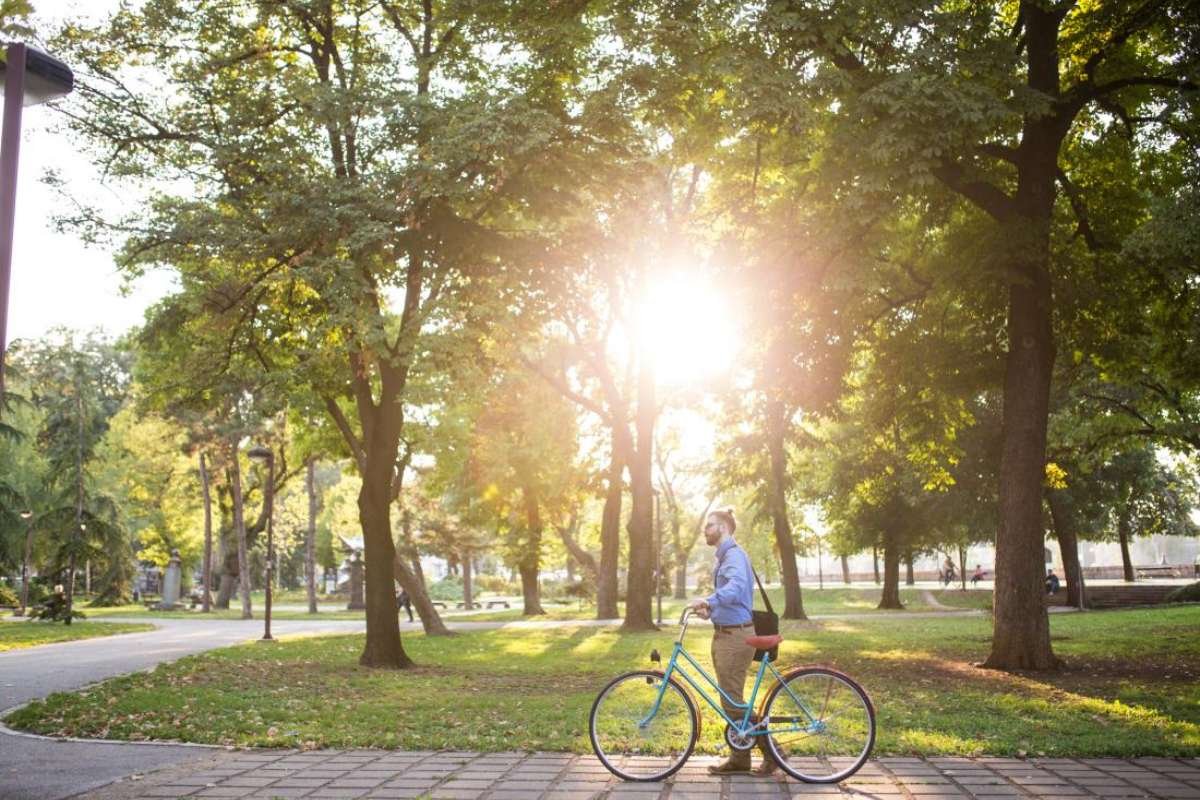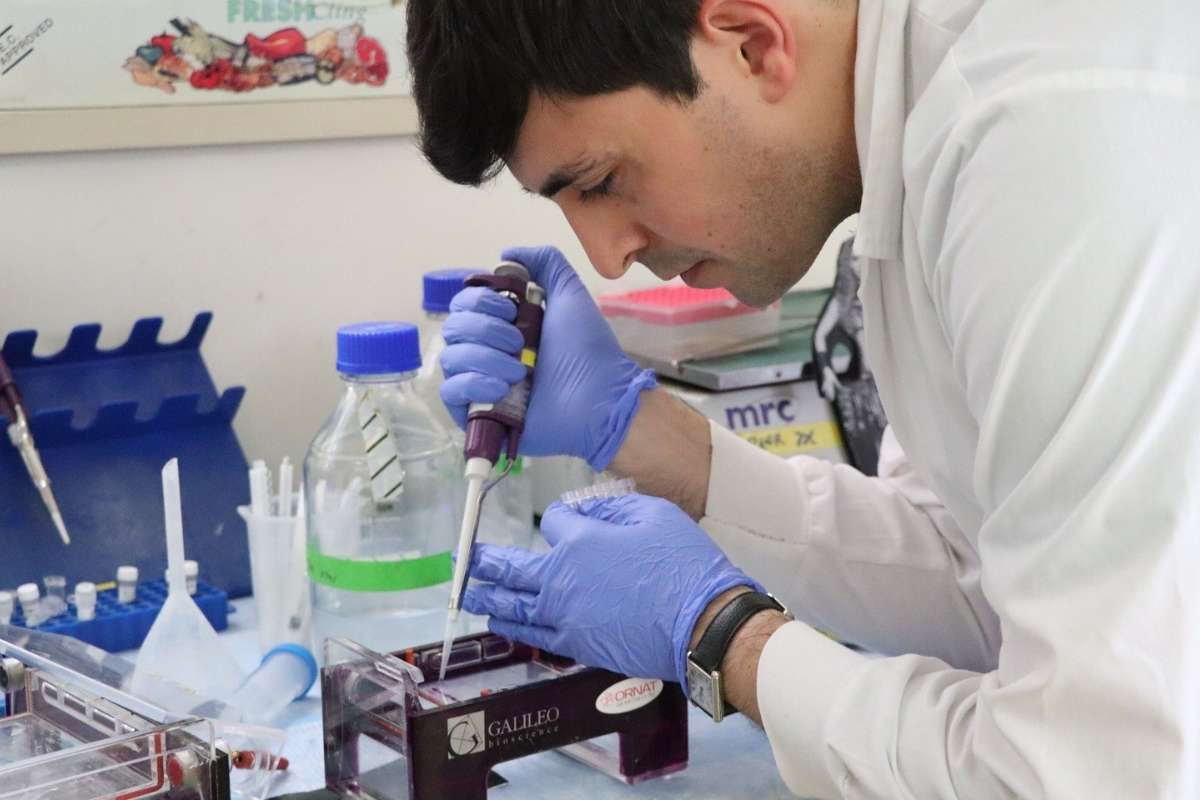The Transformative Power of Urban Greenery
A recent study published in Nature Communications underscores the profound health benefits of expanding urban green spaces in residential areas across Italy. The findings reveal that increasing urban greenery could substantially reduce mortality rates, emphasizing the urgent need for policies that enhance green space accessibility in cities.
Green spaces such as parks, playgrounds, and tree-lined streets are proven to promote physical and mental well-being. They encourage outdoor activities like walking and cycling, mitigate urban heat, reduce noise and air pollution, lower stress levels, and boost immunity through exposure to natural microbes. Aligning with these findings, the World Health Organization (WHO) recommends that every home have access to at least half a hectare of green space within 300 meters.
The study utilized the Normalized Difference Vegetation Index (NDVI), a satellite-derived metric that measures vegetation density. Previous research links higher NDVI values to lower mortality rates, with studies in the United States and Europe suggesting that increased greenery could save tens of thousands of lives annually. However, these studies often stopped short of confirming causation, paving the way for more detailed analyses like the one conducted in Italy.
Quantifying the Benefits of Greener Urban Areas
Italian researchers conducted a comprehensive nationwide study, analyzing high-resolution satellite data from 2022 to assess greenness within 300 meters of residential areas. The study calculated population-weighted exposures (PWE) to NDVI across 3,720 municipalities, encompassing nearly 40 million adults. Using a target NDVI of 0.46—representing about 30% tree cover—the researchers estimated the health impact of achieving this greenness threshold.
The study’s Health Impact Assessment (HIA) revealed that increasing urban green spaces to the NDVI target could prevent approximately 28,433 deaths annually, with the majority of preventable deaths occurring in provincial capitals and densely populated areas. Larger cities with populations exceeding 120,000 stood to benefit the most, with potential mortality reductions of up to 6.3%, compared to 2.1% in less populated municipalities. The findings also highlighted the critical role of tree density in improving urban greenness and reducing mortality rates.
Policy Implications and Future Directions
The study underscores the urgent need for policies that prioritize urban greening. Tree cover emerged as a pivotal factor in enhancing NDVI and delivering health benefits, particularly in mitigating urban heat islands and reducing risks during heat waves. Suggested interventions include planting more trees, creating green corridors, developing green roofs, and transforming industrial areas into urban green spaces.
While the study’s strengths lie in its nationwide scope and high-resolution data, it acknowledged certain limitations. For instance, the research assumed that residential exposure to greenery equates to an individual’s overall exposure, and it did not account for the accessibility or quality of green spaces. Despite these caveats, the findings present compelling evidence that urban greening can significantly improve public health.
As urban areas continue to grow, integrating more urban green spaces into cityscapes could be a game-changer for both public health and quality of life. By advocating for decisive policy actions, this study provides a roadmap for cities worldwide to harness the transformative potential of urban greenery.








